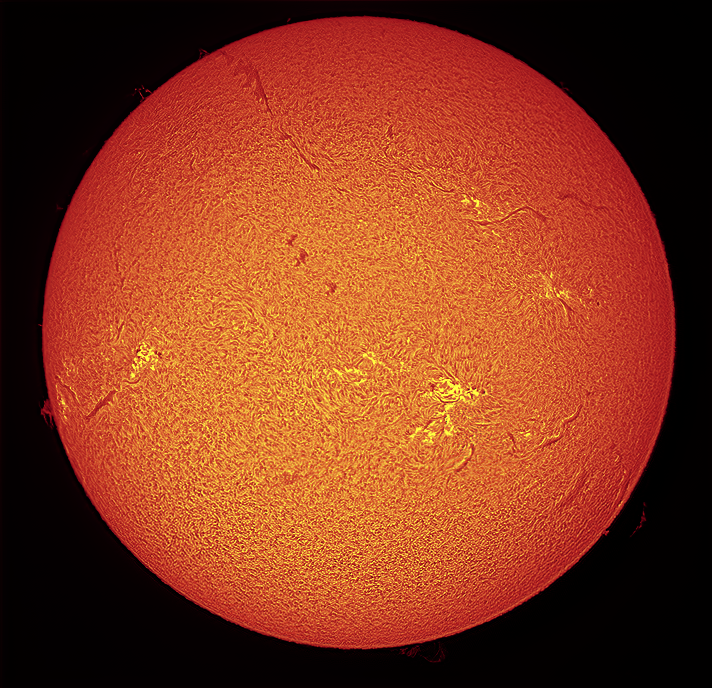
Similar Posts
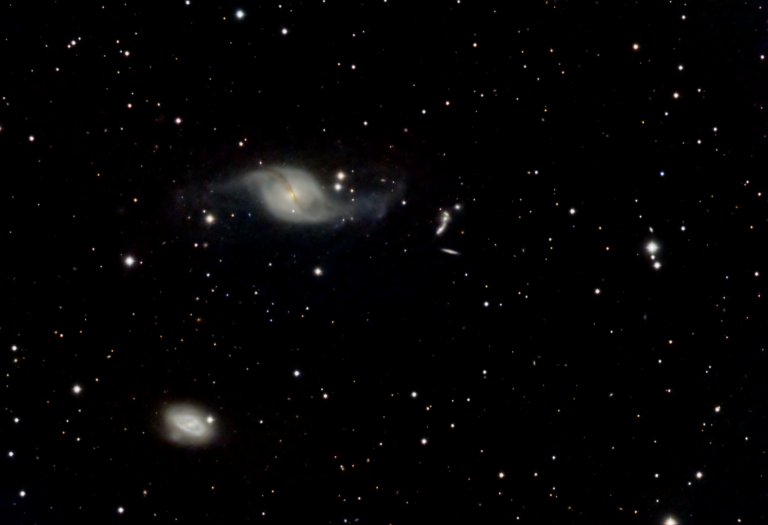
A really messed-up galaxy.
That twisted-up galaxy at the top is NGC 3718. We don’t actually know if it’s a spiral or a lenticular galaxy, because the galaxy below it, NGC 3729, appears to have warped it beyond recognition when it passed by it. Also look for the cluster of five more distant galaxies just to the right of…
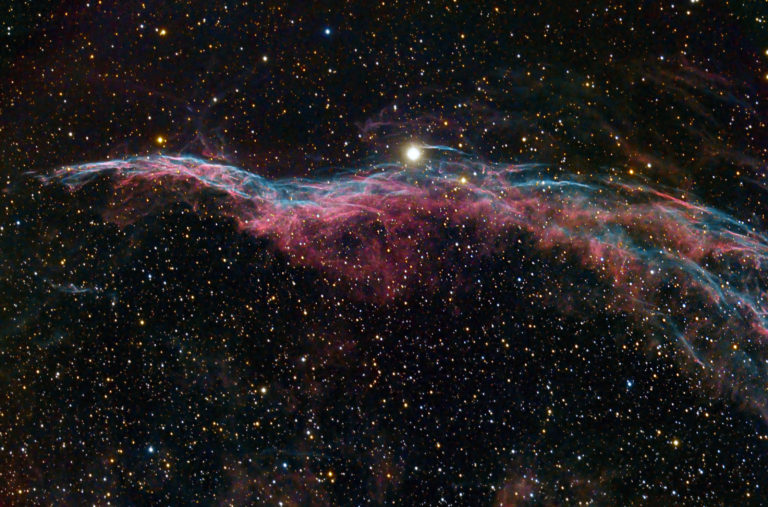
The “Witch’s Broom”
As Halloween draws closer, this seems like an appropriate object to image: the “Witch’s Broom” nebula! Although to be honest, that bright star (Cygnus 56) looks more like an eye on some sort of fantastical, cosmic creature to me. In reality, it’s part of the larger Veil Nebula, which is a huge supernova remnant 1,400…
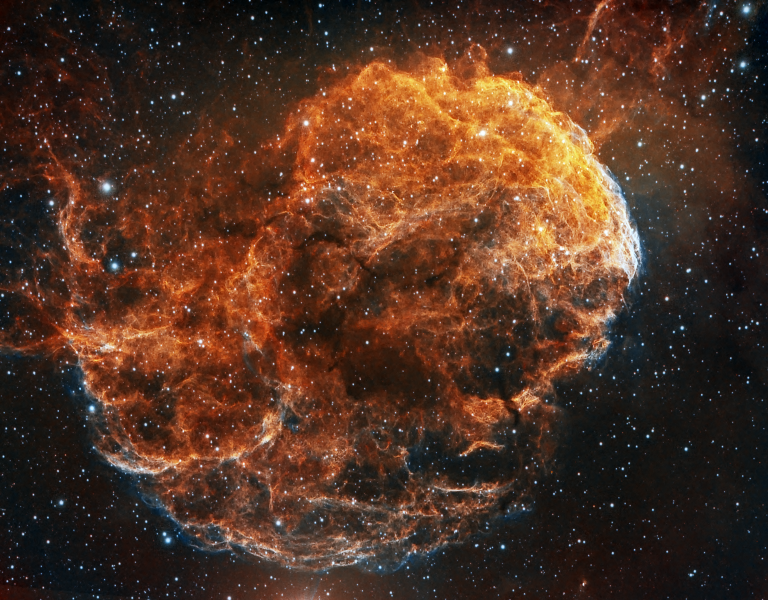
Space Jellyfish!
This is IC443, commonly known as the “Jellyfish Nebula” for obvious reasons! IC443 is a supernova remnant about 5,000 light-years away. This is a false-color, narrowband image consisting of a total of 20 hours of exposure time.
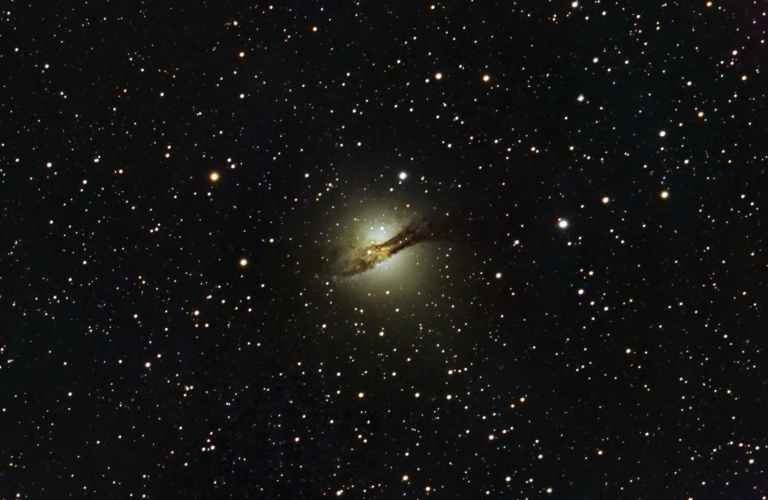
Centaurus A! A weird and challenging galaxy…
Our new home has clear views of the sky down to about 15 degrees from the horizon; which means some objects that are normally considered only visible from the Southern hemisphere just peek above our trees for a few hours. One such object is the galaxy Centaurus A; it’s an odd galaxy that looks like…

The Coalsack, Imaged from Australia!
It’s been really cloudy lately in Central Florida, so instead of imaging from my driveway, I’ve tried using remote observatories. This particular image was taken using a telescope in Australia, using a service called telescope.live. This is the “Coalsack nebula”, a dark cloud of gas obscuring the Milky Way in the Southern hemisphere. We’re looking…
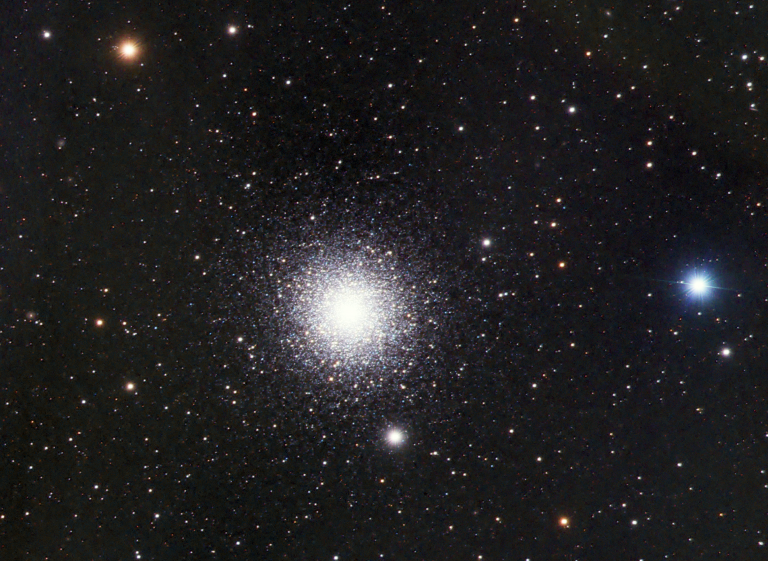
Globular Cluster M15
Located about 33,600 light-years away within the constellation Pegasus, Messier 15 is a globular cluster – a tight, ancient ball of stars on the outskirts of our galaxy. The Milky Way is surrounded by many such clusters; this one’s special because it’s known to host a rare intermediate-sized black hole at its center, and it…

